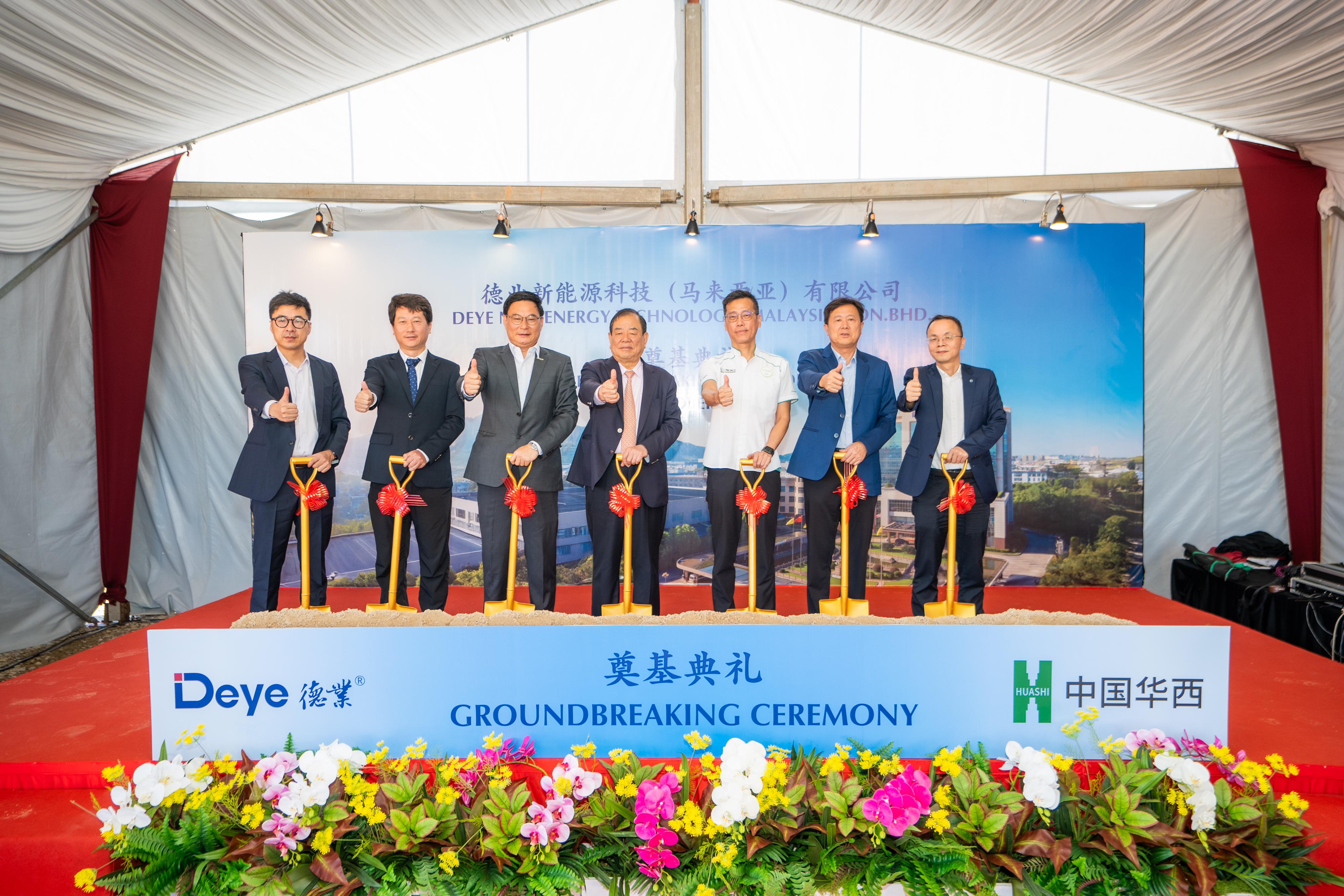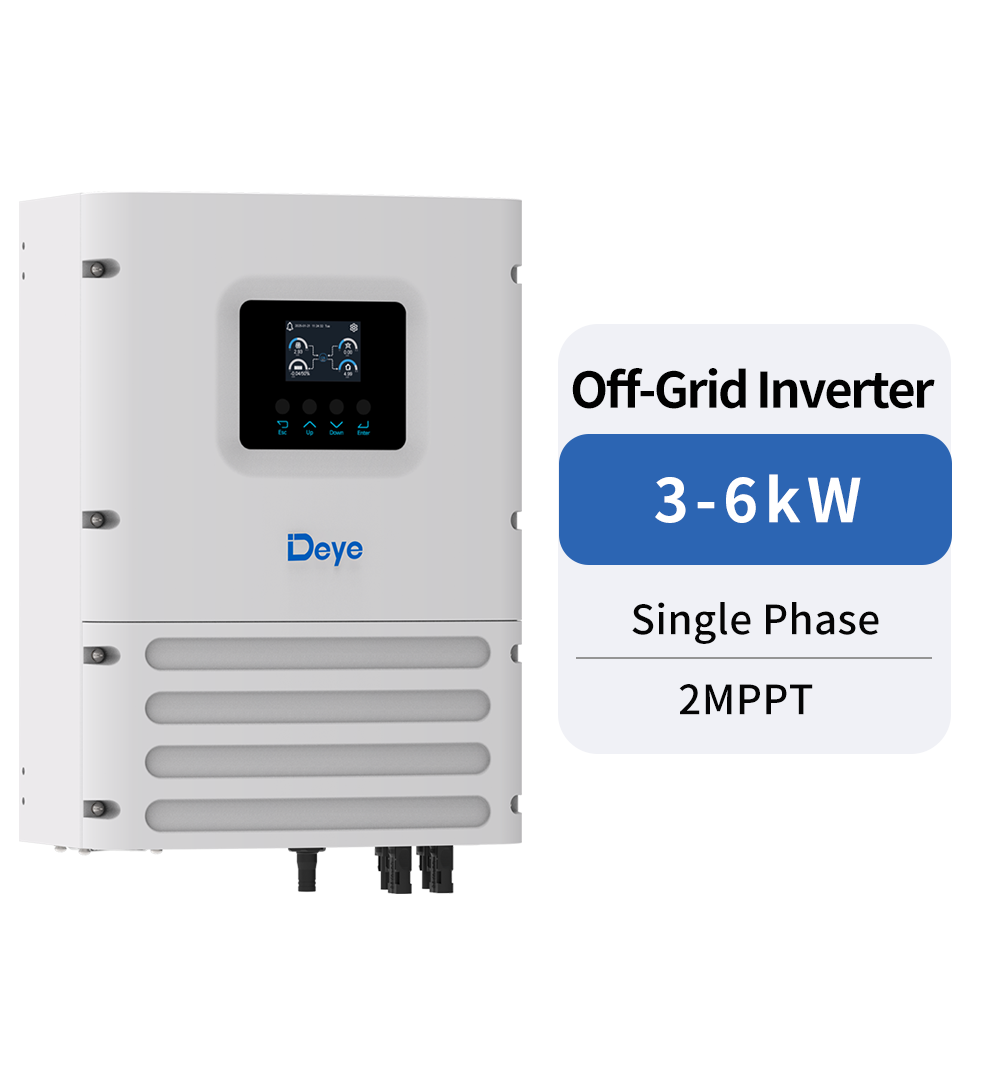Technical Topics
Microinverter Vs String Inverter
If you are considering installing a new solar system on your home, it is important to understand the differences between a string and microinverter.
Microinverters are ideal for solar installations that face multiple vantage points and have multiple panels. In addition, they can compensate for minor differences in solar panel currents. Microinverters are recommended for homes with multiple-panel solar systems, such as roofs, because shade and fallen leaves can inhibit the performance of individual panels.

String inverter
A string inverter is different than a microinverter. While they both use the same voltage output, the difference is in the way they work. Microinverters use two inputs, one for each string, and the string inverter has only one input. A string inverter is much more efficient when the shade is minimal.
String inverters are known for their high efficiency and low cost, but they are less flexible. Microinverters and Power Optimizer Systems (MLPEs) use more sophisticated technology. Deye microinverter technology optional.
Microinverters provide better monitoring and production. Microinverters also have longer lifespans. They can last between eight and twelve years. Compared to string inverters, microinverters have a higher MTBF.
NREL study shows that microinverters are more efficient
The NREL study shows that microinverter panels produce more electricity than string inverters. But, the study also has some limitations. First, it compares the average output over two years and does not account for year-to-year variations. Second, the study was conducted in the Austin, TX area from 2005 to 2008. Finally, the results are not comparable across other states. However, the researchers' results provide important insight into the performance of various devices.
Microinverters are better than traditional inverters in converting DC power to AC. This is demonstrated by an analysis of 480 Austin PV systems. Most of the installed systems underperformed the PVWatts estimate by at least 8 percent. The study also found that more installers left the DC-to-AC derate factor at its default level of 0.77. In contrast, microinverters increase the efficiency of solar installations by up to 16 percent.
Cost of microinverters vs string inverters
Microinverters and string inverters are both solar-power equipment, but there are some differences between the two. Micros have higher initial equipment costs and are better for complex roofs with shading or soiling problems. On the other hand, string inverters are more affordable and suitable for average-sized roofs with decent orientation. Micros also have better warranty periods: string inverters typically have eight to twelve years.
Moreover, string inverters can't monitor panel-level data, unlike microinverters. These devices require the solar panels to be operating at near-peak capacity to work properly. As a result, adding more panels requires buying separate string inverters. Furthermore, string inverters last for 8-12 years, whereas microinverters can last up to 25 years.
Failure rates of microinverters vs string inverters
Microinverters have a longer lifespan than string inverters. Microinverters are designed to last at least 20 years. A string inverter can fail after a year or two. If it does fail, it will likely need to be replaced. A string inverter's life expectancy is typically eight to 12 years.
Microinverter failure rates are much lower than those of string inverters. Microinverters have a better MTBF (mean time between failure) and lower power load. Microinverters also typically come with longer warranties. In contrast, string inverters typically have shorter warranties and shorter guarantees.
PREV:Solar Inverter guide
NEXT:Microprocessor Control For Inverter MPPT
Share
Product recommendations
news recommendations
-

-
 Green Industry, Bright Future: Deye Distributor Summit – Dubai 2025 Concludes Successfully
Green Industry, Bright Future: Deye Distributor Summit – Dubai 2025 Concludes SuccessfullyIn November 2025, Deye Group successfully hosted the “Green Industry, Bright Future—Deye 2025 Dubai ...
-
 Deye’s Malaysia Johor Manufacturing Base Officially Breaks Ground — A Key Step Forward in Its Globalization Strategy
Deye’s Malaysia Johor Manufacturing Base Officially Breaks Ground — A Key Step Forward in Its Globalization StrategyOn October 2, 2024, Deye Group (hereinafter referred to as “the Company”) held a groundbreaking cer...

 China - 简体中文
China - 简体中文 Global - English
Global - English Brazil - Português
Brazil - Português Netherlands - Dutch
Netherlands - Dutch Italy - Italiano
Italy - Italiano Germany - Deutsch
Germany - Deutsch Spain - Español
Spain - Español France - Français
France - Français Vietnam - Tiếng Việt
Vietnam - Tiếng Việt Poland - Polski
Poland - Polski Australia - English
Australia - English


